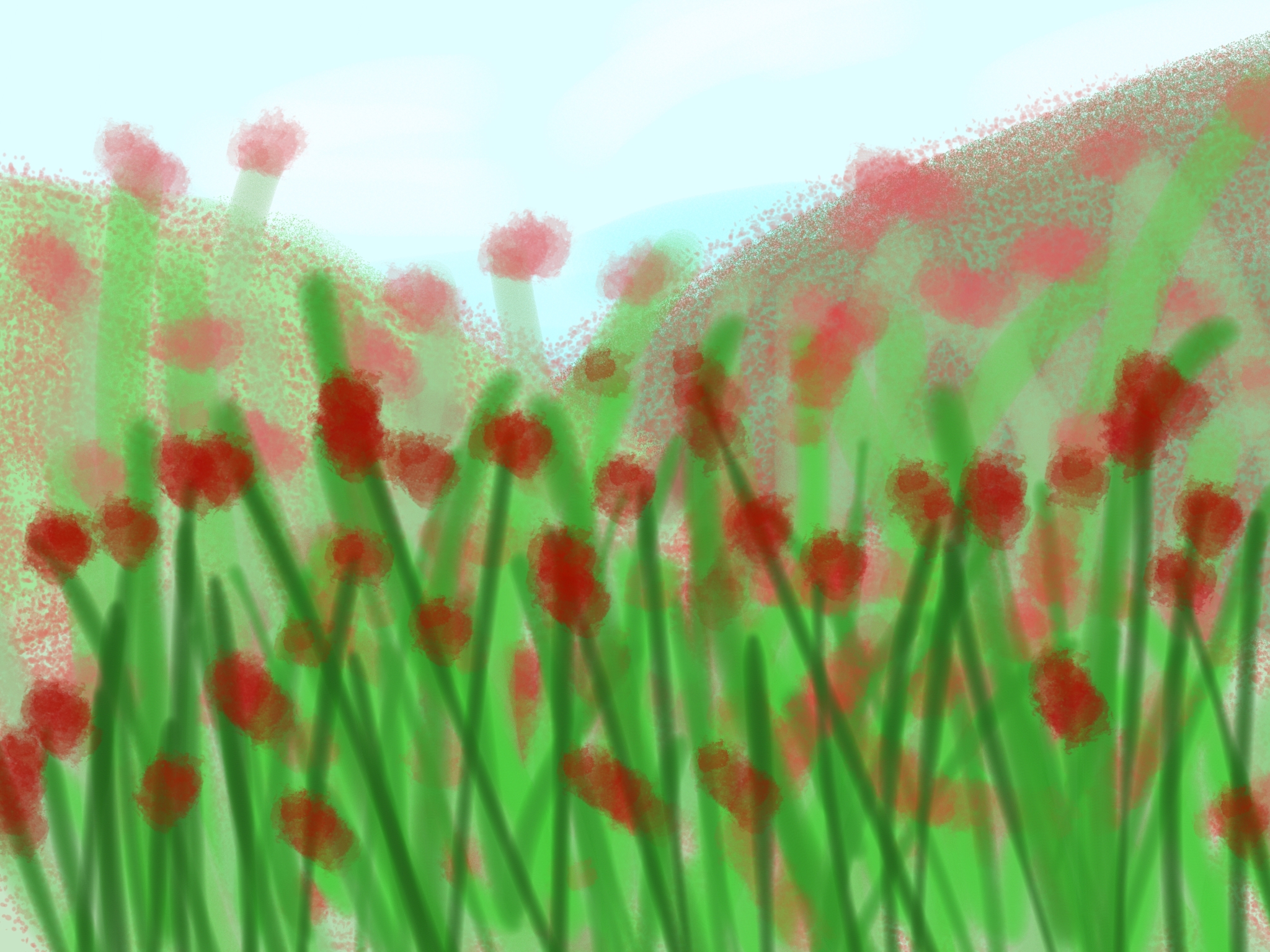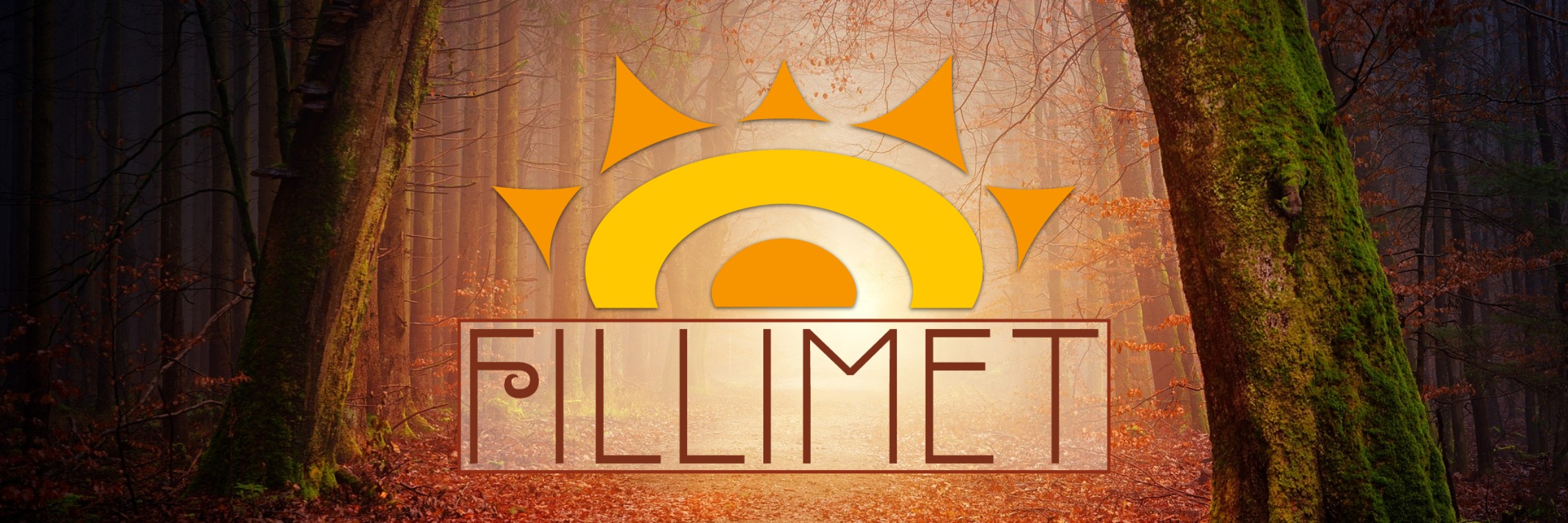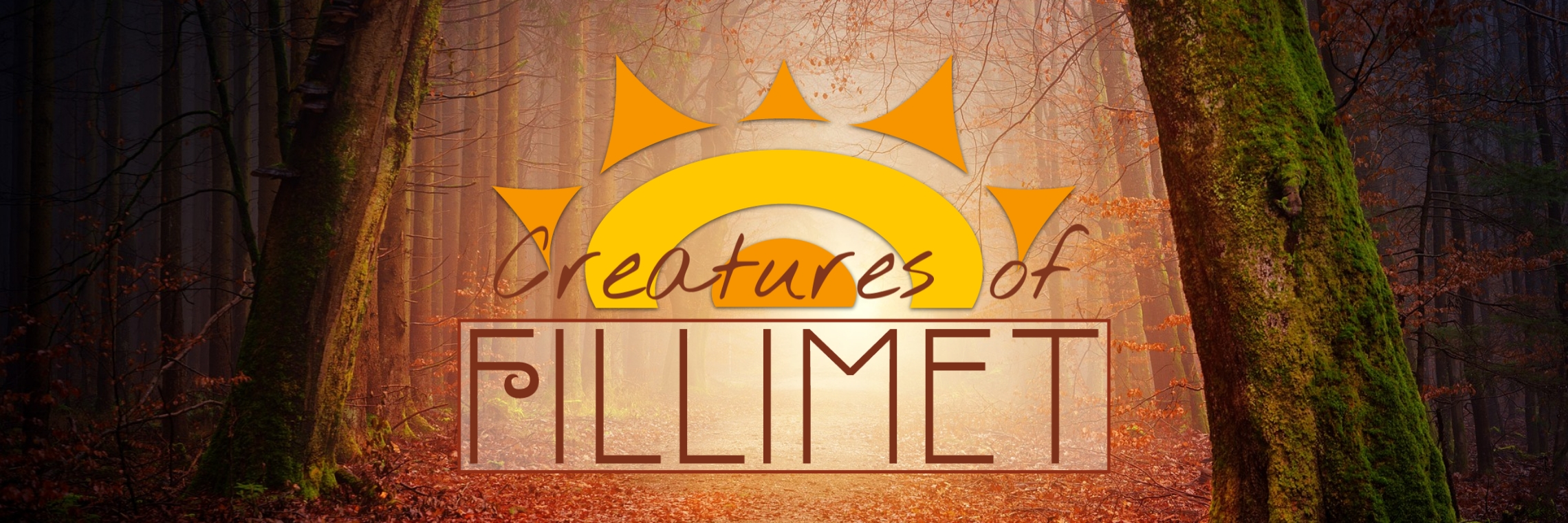Fyreflower
The Fyreflower is treasured for its hardiness, spicy and sweet flavorings, and beauty.
Basic Information
Anatomy
The plants are best known for their brilliant two-tone red flowers, although ornamental variations include yellow, orange, and multicolor variations. The flowers consist of two circles of petals, eight on the inner circle and twelve on the outer, with two slightly different shades of coloration, one for each set of petals. From a distance this gives fields of the flowers the fire effect which led to their name.
After the flowers fade and fall away they are replaced with the fruits of the Fyreflower. The fruits are long and skinny, growing in green before ripening to yellow, orange, then red. The fruit can be eaten at any coloration stage although it is spiciest in red.
The leaves are an oval or teardrop shape growing in an alternating pattern along the branches or stems of the plant. The underside of each leaf contains faint orange veins.
Plants are bushy in their growth patterns but not enough to be considered a bush. They can grow up to two feet tall but most are closer to one foot in height due to the energy requirements to grow the fruits. They are perennial if grown in the correct conditions, with an average lifespan of five years.
Growth Rate & Stages
The fruit harvest is fairly light for the first summer. The Fyreflower is considered mature at two years of age and from this point on if kept healthy it will produce a full harvest until approximately five years of age. Some domestic variations have been bred to extend this life expectancy.
Ecology and Habitats
Wild Fyreflower prefers bright sunlight and damp to moist soil. Too much water will weaken the flavors and eventually drown the plant while too little water will not allow the plant to thrive. They are found all across Fillimet although they are best known for the massive collections of the plant on the Fyreflower Hills.
Additional Information
Domestication
Domesticated strains of Fyreflower are bred to enhance various flavors of the plant or alter its growth requirements to allow for easier cultivation in new climates. There are also a few ornamental strands which sacrifice flavor in exchange for more brilliant colorations of the flowers.
Uses, Products & Exploitation
Fyreflower and its parts are frequently used in the preparation of foods. The flower, fruit, and leaves of the plant are all edible.
The fruits are particularly hot and spicy, while the flowers provide a milder variation of the same flavors. Confusingly, both are colloquially referred to as Fyreflower so it is recommended that individuals inquire whether a dish is mild or hot when informed that it includes Fyreflower. The Fyreflower's leaves provide a flavorful spice with sweet undertones. The sweetness is more pronounced in fresh Fyreflower leaves while the other flavors grow stronger once the plant has been dried. The stems and roots are too tough and bitter for consumption.

"Fyreflower in Bloom" by Alexandra Arvidal
Lifespan
5 years
Conservation Status
Least Concern
Average Height
1 to 2 feet





Comments